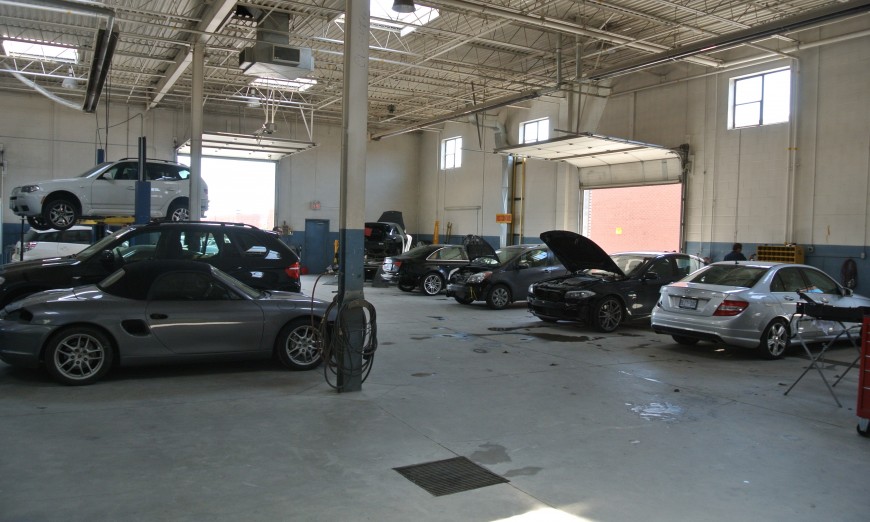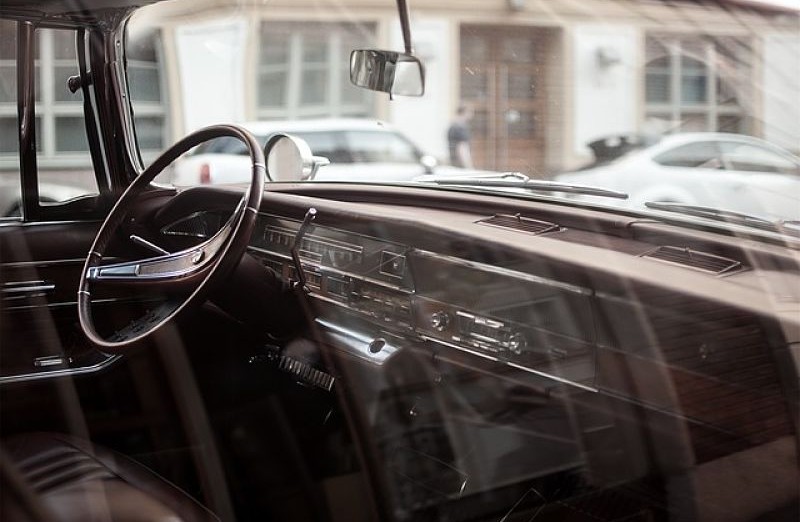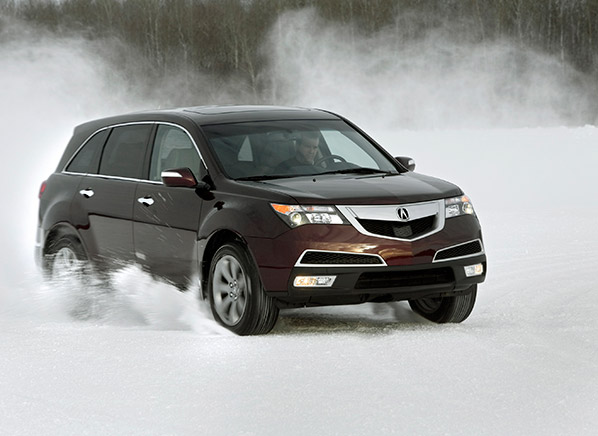After an auto accident, it is extremely important to file an insurance claim as soon as possible. This guide below helps you out to figure out how to file an insurance claim so you can get the repairs you need to continue driving your car.
Call the Police: It is important to call the police even if no one was injured in the accident. We recommend that you should still call the police so they can file an official report about the collision or accident. The police report will come in very handy as you start to fill out your insurance paperwork and file your claim. Make sure to have a copy of the report so you can show it to your insurance company to help them process your claim.
Exchange Information: It is also important to get information and give out your personal information during the accident. You and the other driver should exchange important information that might be useful on your insurance claim. Write down the other driver’s name, phone number, address, and driver’s license number. Make a note of their license plate and their insurance information. If any witnesses pulled over after the accident, you should also collect their name and phone number in case you need to call them when you file your claim.
In Case of Hospitalization: If you aware hospitalized because of the collision, then you need to secure the forms from the doctors and admitting section. These papers will not only be helpful in your car repair but also for your medical insurance.
Call the Insurance Company: You should call the insurance company as soon as possible after the accident to start the paperwork regarding your claim. If you have a cell phone, it is recommended to call them from the scene of the accident. Make sure you have your own insurance information so they can start to work on the claim. Even if the accident was a result of the other driver’s actions, you should still file a claim with your own insurance company so you can get the fastest repairs. Your insurance company can deal with the other driver’s insurance company to get the money they are owed.









